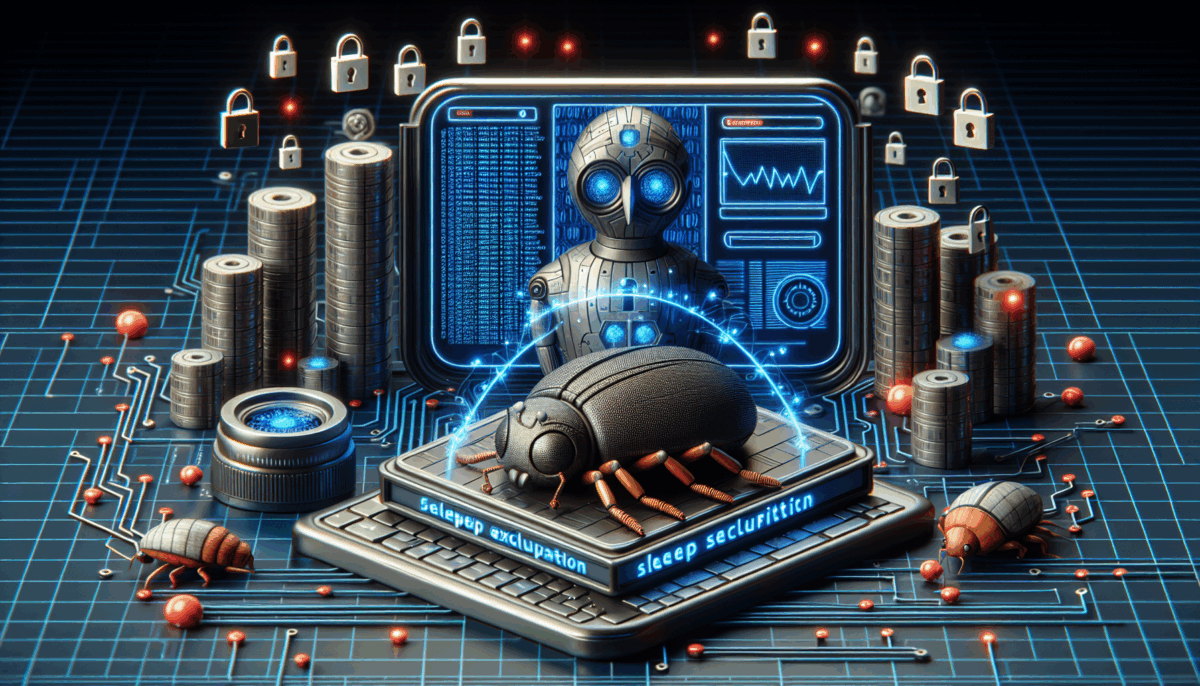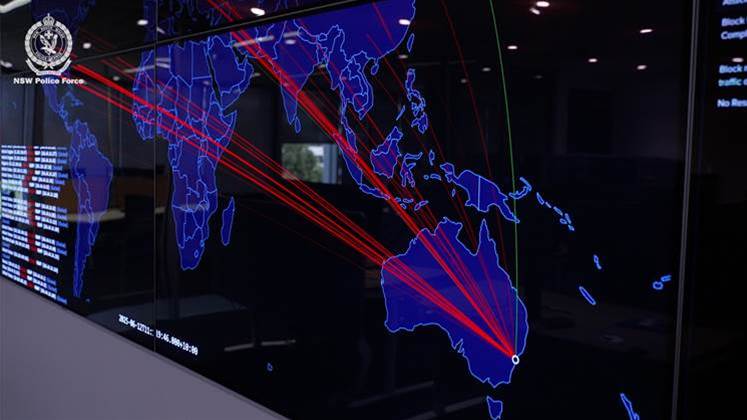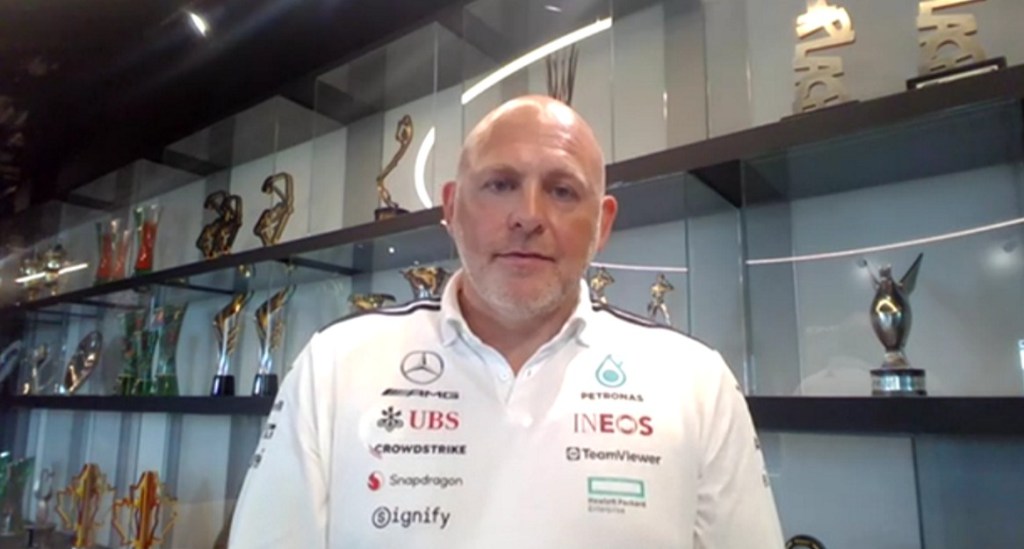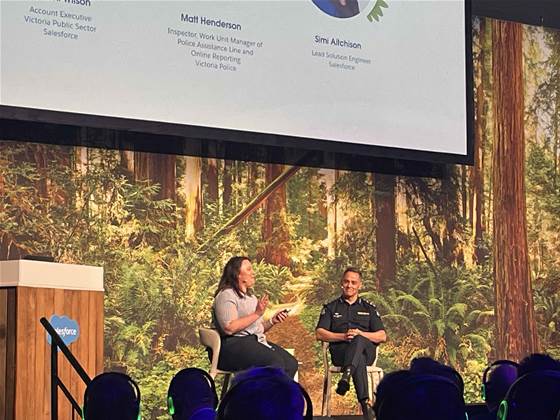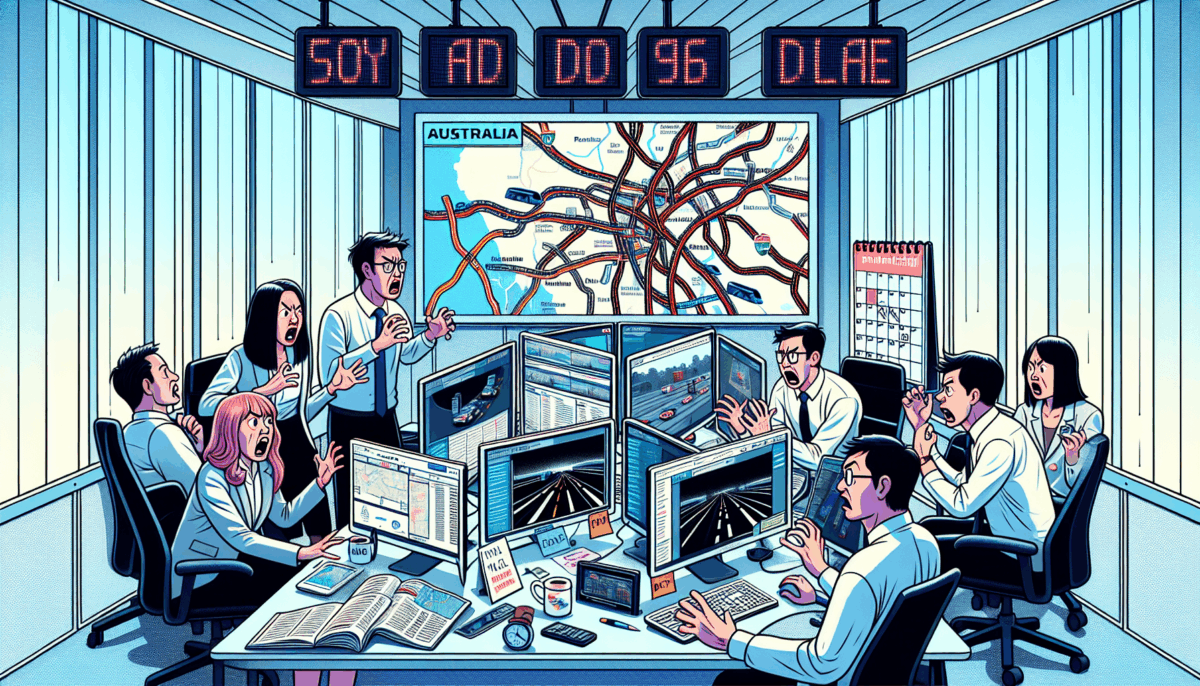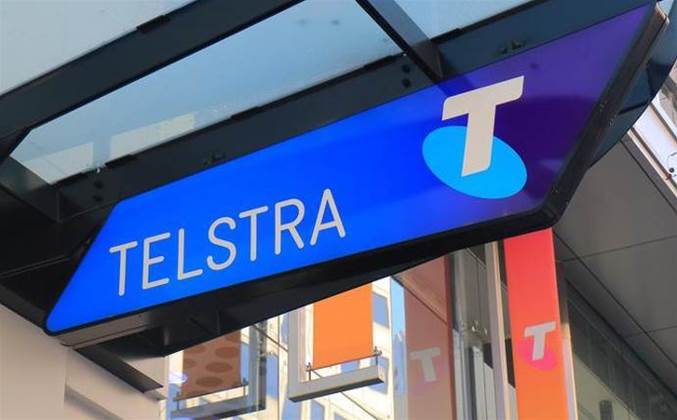Telstra Raises Red Flag: Network Improvement Funds Consumed by Compliance Costs
We independently review everything we recommend. When you buy through our links, we may earn a commission which is paid directly to our Australia-based writers, editors, and support staff. Thank you for your support!
- Telstra indicates that compliance expenditures are obstructing network enhancements.
- New regulations may cost the telecommunications sector $266 million over the upcoming decade.
- Telstra promotes the establishment of a synchronized regulatory initiatives grid.
- Holds ups in planning approvals hinder AI and bandwidth-heavy applications.
- Australia is at risk of lagging in telecom regulation harmonization.
Compliance Expenses Affecting Network Enhancements
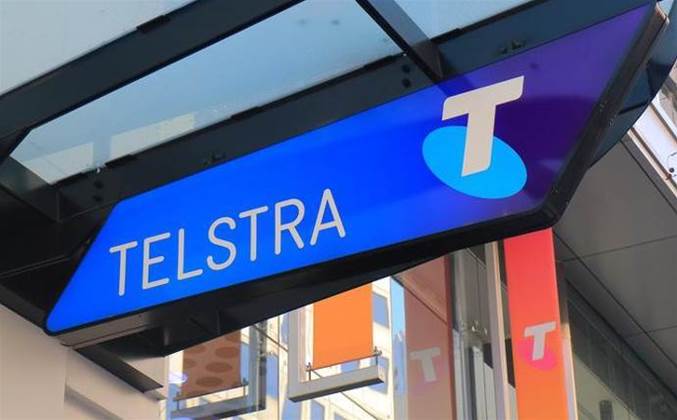
Telstra has expressed worry that rising compliance expenses are redirecting finances from critical network enhancements. The firm points out two particular regulations: the standard for customer communication during outages and the laws regarding scam prevention, anticipated to impose at least $266 million in expenses on the telecommunications sector throughout the next decade.
Consequences of New Regulations
Though these regulations aim to benefit consumers in the Australian telecommunications landscape, Telstra contends that the financial strain they impose could impede industry investments in upgraded telecommunications infrastructure. Currently, the telco adheres to more than 500 pieces of laws and regulations, showcasing the vast regulatory framework.
The Appeal for a Regulatory Initiatives Grid
Telstra supports a unified method for upcoming regulatory amendments, suggesting the creation of a regulatory initiatives grid akin to models in the finance industry. This grid would catalog all new and suggested regulatory reforms, potentially highlighting conflicting goals and easing dialogues among stakeholders.
Obstacles in Planning Approvals
Holds ups in planning approvals have affected Telstra’s intercity fiber network rollout. The telco cautions that these delays could influence the advancement of AI and other bandwidth-demanding applications, as insufficient collaboration between regulators and approval entities may result in considerable costs and deter infrastructure investment.
Global Regulatory Coordination Instances
Telstra observes that regions like the UK, European Union, and New Zealand are synchronizing telecommunications regulation and policy. Absent parallel efforts, Australia jeopardizes falling behind in regulatory efficiency and technological progress.
Conclusion
Telstra is raising alarms regarding how compliance costs are detracting from potential investments in network enhancements. The telco is calling for a more synchronized regulatory strategy to maintain Australia’s competitiveness in the telecommunications industry.

